As a tech marketer taking to a B2B audience you’ve implemented a content marketing strategy a while ago, and it’s perfectly functional. You know what you’re creating and when, but there’s something missing from it.
If you want to create content to make your clients’ eyes shine and your competitors green with envy, then this blog is made for you.
And the good news is, you don’t need to invest in expensive software and influencers to give your content marketing the makeover it needs.
Read on to discover some of our favourite simple ideas to transform your content.
1. Switch your focus to your customer
A common marketing mistake made by B2B companies worldwide is to focus on themselves instead of their customer.
What do I mean?
As a customer, you’re not interested in how marvelous Company A believes they are. What you want to know is whether they can solve your problem.
And you don’t have long to prove yourself to your customers. It takes about 50 milliseconds to make a first impression.
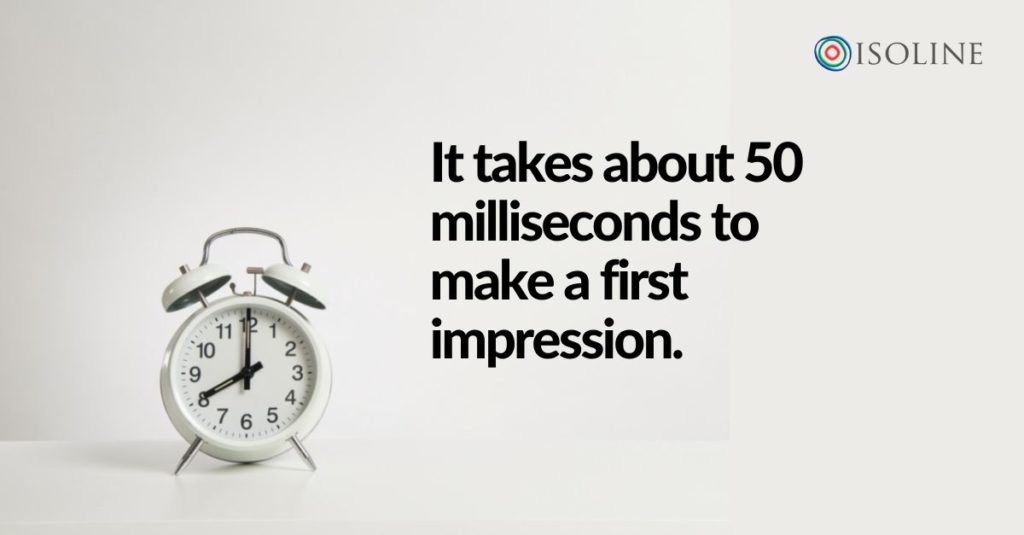
One simple way of doing this is to switch your perspective from “We” to “You”
Here are some quick examples of this:
Instead of:
“Here’s how our company is limiting its impact on the planet, click through for some tips and examples.”
Try
“10 ways to limit your impact on the planet”
Or, instead of:
“Our company provides the best technology to enable frictionless communication and transactions”
Try
“Your communications infrastructure is broken, here’s how to fix it”
Have you noticed that it makes the writing come alive? That’s a wonderful side-effect of the switch.
This switch works across the content marketing spectrum, whether you’re blogging or editing a video.
There are other ways you can put your customer at the forefront in your content, including:
- Testimonials and case studies
- User-generated content
- Asking them directly what type of content they want
You’ll be surprised at the difference this makes.
2. Put readability at the top of your priorities
No one will ever complain that you’ve made something too simple to understand.
Skimming is also a reality. On an average webpage, users will read 28% of your content. So your content needs to be readable whether someone is in a rush to find their answer or not.

And that’s why you need readability.
Readability is the marker of whether your content is easy to read or not.
Readability is 50% content and 50% layout.
Things you can do to make your content more readable:
- Avoid jargon and complex language (unless it’s vital and appropriate for your audience)
- Don’t be afraid to spell things out and, if there isn’t the space, link to further resources
- Break long sentences up
- Intersperse text with visuals. Aim to share an image every 250 words minimum
We’re not always the best judges of our own readability. This is where tools like Hemingway App can help. Paste your content into the app, whether it’s a blog or a video script, and identify problem areas.
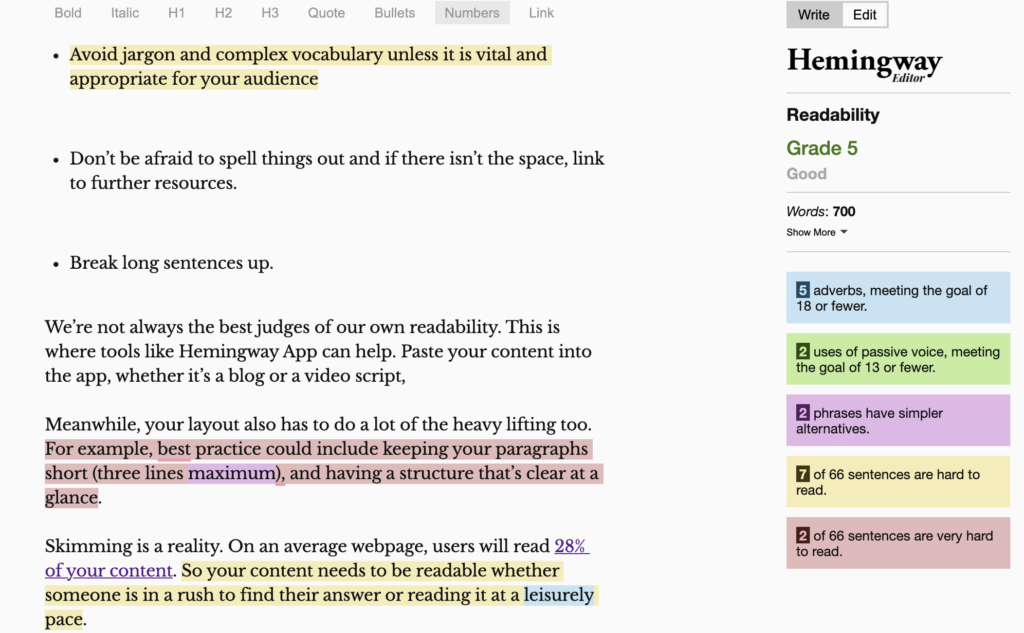
Meanwhile, your layout can also help with your readability. Favour short paragraphs, and a structure that’s clear at a glance.
3. Don’t skip a structure
Think of your content as a journey. Your audience starts at Point A and they need to end up at Point B by the end of your piece of content.
How do you make that journey as smooth as possible?
It’s all about the structure.
Some pieces of content are more straightforward to structure than others. This blog, for example, is a listicle, so it doesn’t require much of a structure beyond an introduction and a conclusion.
But most pieces of content require a more thought-out structure.
Here is the most basic structure for any piece of content:
- Identify the problem and agitate it. In other words, introduce us to the villain of the story.
- Propose an alternative. Basically, this is the heroine’s entrance. What does she do to bring down the villain?
- Tie it all up in a neat conclusion. A.k.a the happy ever after.
Here’s a more detailed article we wrote on storytelling in tech B2B content.
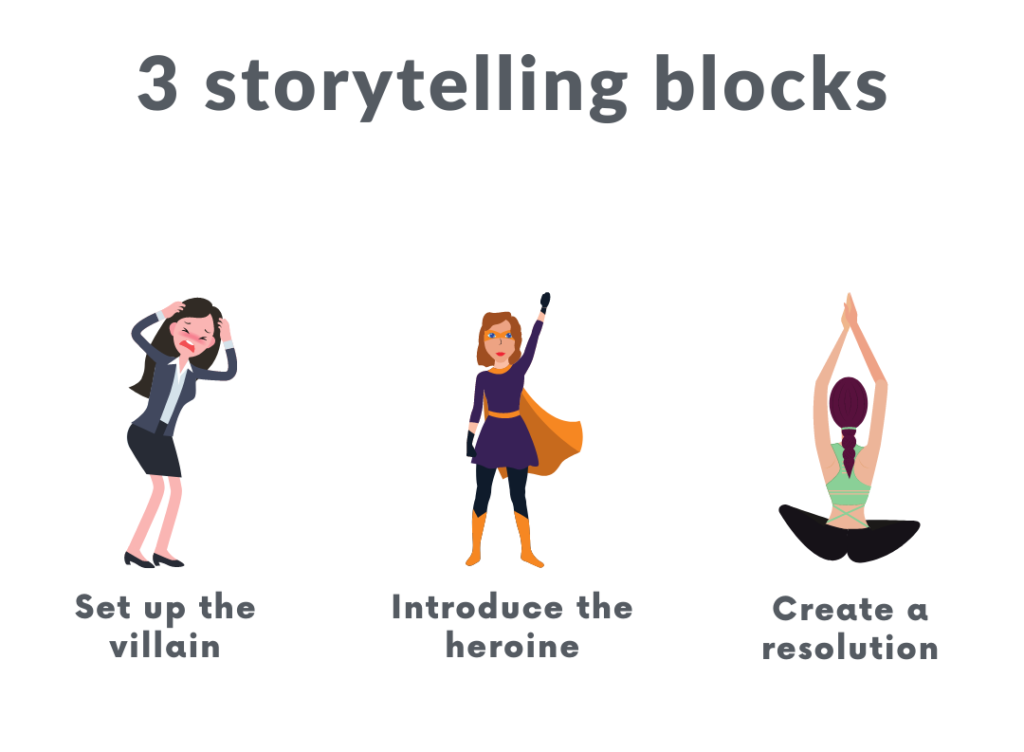
This ultra-basic storytelling structure can be applied to almost every piece of tech B2B content: from CAD solution implementation to how NB-IoT works.
4. Adopt a contrarian position
If you want to be memorable, it pays off to swim in a different direction to the crowd.
To give you an example, instead of writing the millionth blog on “How to create video content”, you could write an article on “Why video content is overrated”.
Here’s one method of finding content ideas that a) attract traffic and b) transforming them:
1. Use your preferred search engine and type in your topic. For example “B2B Content Marketing Blog”.
2. The top search results show plenty of results with expressions like “ultimate guide” or “the best of”.
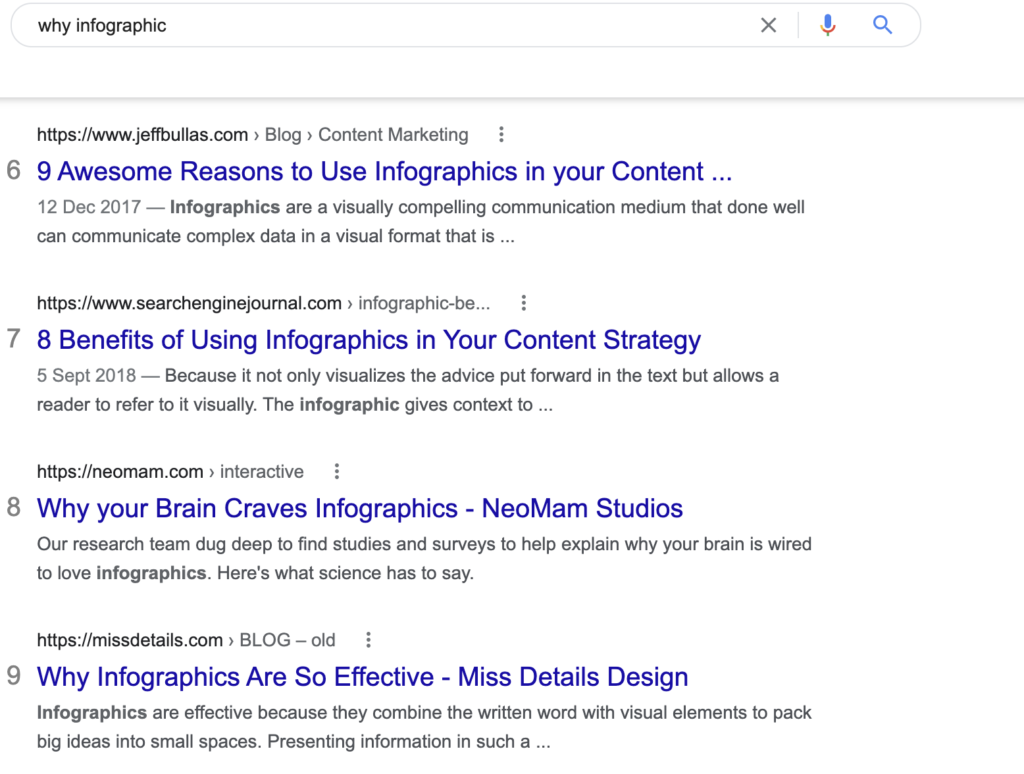
3. Look at their titles and topics and brainstorm your unique take. For example, “The Worst of B2B Marketing Content” would be brilliant clickbait, as would “How NOT to create a B2B content strategy”.
4. You might also read those blog posts and discover that you have a completely different perspective. If that’s the case, embrace it.
One important caveat is that being contrarian doesn’t mean being offensive. Instead, it’s about letting your unique perspective shine through.
5. Offer freebies
Who doesn’t like freebies?
Keep your customers coming back with free tools and resources.
The trick for this to be effective is that they need to be a) relevant to your piece of content b) useful to your audience and c) not too difficult for you to create.
For example, some ideas of easy-to-create freebies include:
- A planner on Google sheets
- A PDF checklist on Canva
- An embedded quiz with Interact
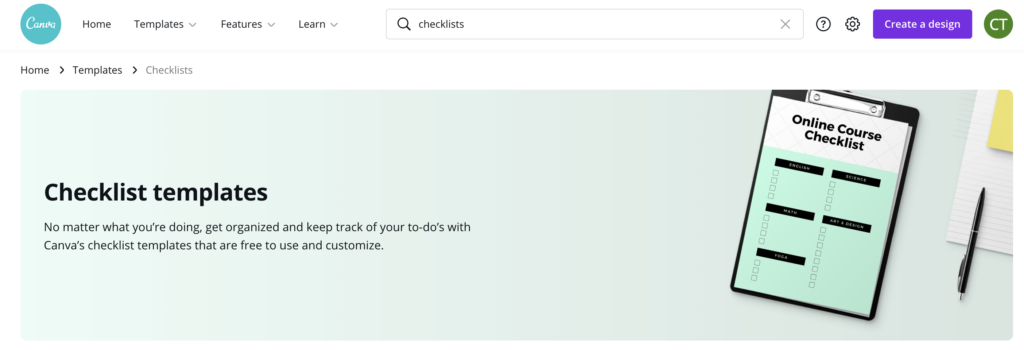
In just a few minutes, you could create a freebie that delivers long-term value to your audience.
Improve your B2B tech marketing today
I’ve saved the ultimate tip for last: know when to ask for help.
If you want to make a real impact and differentiate yourself from the competition, get in touch with us today at hello@isolinecomms.com.



